Help me select a rose for my 'old' farmhouse
subk3
12 years ago
Related Stories
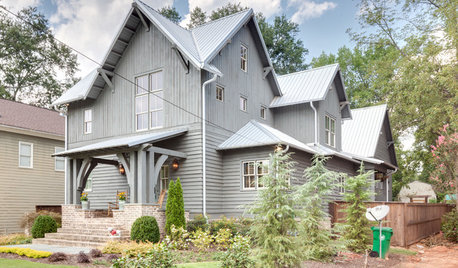
FARMHOUSESHouzz Tour: Some Old Tricks for a New Atlanta Farmhouse
A ‘pretend story’ helped this builder create a new farmhouse that feels like it was added onto over several generations
Full Story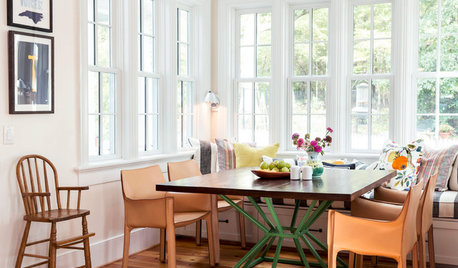
FARMHOUSESHouzz Tour: Young Family’s Old Farmhouse With Timeless Charm
An interior designer transforms her family’s 1880 farmhouse with a stylish mix of vintage and new decor
Full Story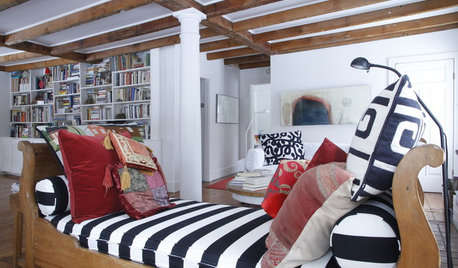
HOUZZ TOURSMy Houzz: 38 Years of Renovations Help Artists Live Their Dream
Twin art studios. Space for every book and model ship. After four decades of remodeling, this farmhouse has two happy homeowners
Full Story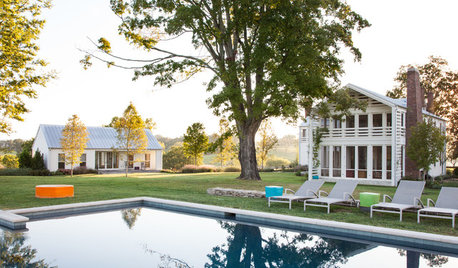
HOUZZ TOURSWe Can Dream: An Expansive Tennessee Farmhouse on 750 Acres
Wood painstakingly reclaimed from old barns helps an 1800s farmhouse retain its history
Full Story
COLORPick-a-Paint Help: How to Create a Whole-House Color Palette
Don't be daunted. With these strategies, building a cohesive palette for your entire home is less difficult than it seems
Full Story
FLOWERS AND PLANTSHelp Monarchs and Other Butterflies by Planting Common Milkweed
Summer-blooming Asclepias syriaca is an important larval host plant for the monarch butterfly and attracts a number of pollinating insects
Full Story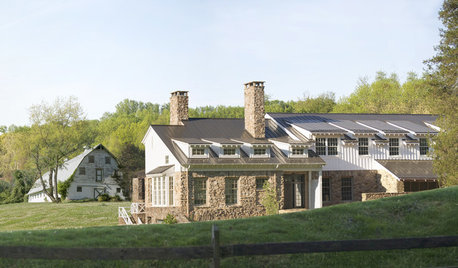
FARMHOUSESHouzz Tour: An Old Barn Inspires a Gracious New Home
Graceful and elegant, this spacious home in the Virginia countryside takes farmhouse style up a notch
Full Story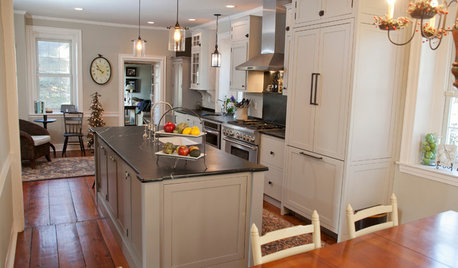
KITCHEN DESIGNNew and Old Mix It Up in a Historic Farmhouse Kitchen
A couple rethink the kitchen in their Pennsylvania farmhouse to restore authenticity while also creating a space for modern living
Full Story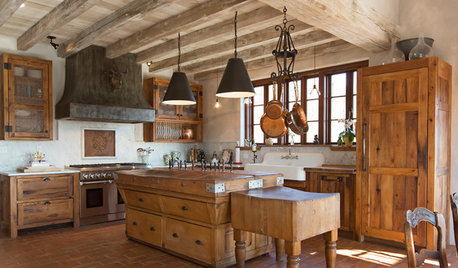
RUSTIC STYLEKitchen of the Week: Found Objects and Old Italian Farmhouse Charm
A homeowner and her cabinetmaker create a personal version of European-inspired comfort and simplicity
Full StorySponsored
Industry Leading Interior Designers & Decorators in Franklin County
More Discussions






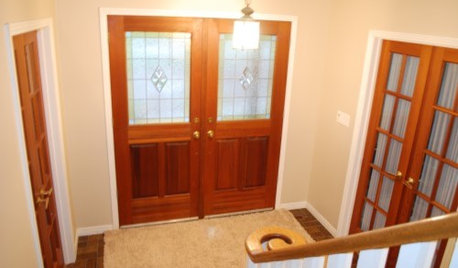

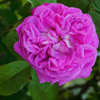
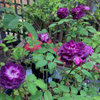

rosefolly
rosefolly
Related Professionals
Windham Landscape Architects & Landscape Designers · Port Royal Landscape Architects & Landscape Designers · Norwood Landscape Contractors · Amesbury Landscape Contractors · New Baltimore Landscape Contractors · San Rafael Landscape Contractors · Westchester Landscape Contractors · Kingsburg Landscape Contractors · Silver Firs Landscape Contractors · Newman Swimming Pool Builders · Randolph Swimming Pool Builders · Cherry Hill Siding & Exteriors · East Brunswick Siding & Exteriors · Orem Siding & Exteriors · Wilmington Siding & Exteriorsharborrose_pnw
subk3Original Author
rosefolly
mad_gallica (z5 Eastern NY)
floridarosez9 Morgan
monarda_gw
User
lavender_lass
ken-n.ga.mts
anntn6b
subk3Original Author
anntn6b
subk3Original Author
lavender_lass
organic_tosca